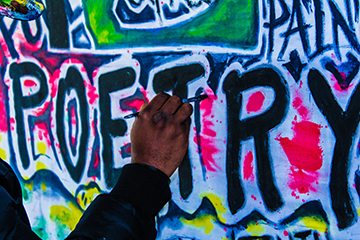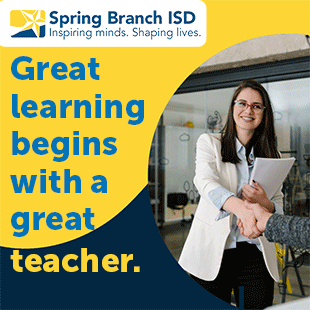Rumi in the Language Classroom Series Vol 1
See Vol 2 of the series here
See Vol 3 of the series here

Jalal ad-Din Muhammad Rumi, also known as Mawlana “our master” and more popularly as Rumi, was a 13th-century Persian poet, philosopher, theologian, and Sufi originally from, Khorasan, Iran. Originally written in Persian, Rumi’s works have made a dramatic impact on literature worldwide and have been translated into many languages.
There is a poem by Rumi titled “The Elephant in the Dark” that details a story that had been told centuries before him. The story details how an elephant was exhibited in a dark room, and people gathered to see what an elephant is. So, they touched it but each one a different part. Depending upon where they touched, they believed the elephant to be like a water spout (trunk), a fan (ear), a pillar (leg) and a throne (back). Therefore, whenever they were asked to describe it, they did it from their own perspectives, from the part they had touched.
This poem is applicable to how teachers prioritize various aspects of learning a second language (L2). Darkness is the lack of awareness about different facets of language learning and the people describing the elephant are different teachers who have touched upon (concentrated on) different features of language learning such as reading, writing, listening, speaking, vocabulary, grammar, pronunciation, and the like.
For instance, teachers who concentrated more on vocabulary define language development as learning more vocabulary items. Likewise, teachers who focused more on listening may believe in learning a new language through watching films and listening to music.
J.C. Richards argued that a teacher should possess 6 forms of knowledge to be an effective teacher, i.e. theories of teaching, teaching skills, communication skills and language proficiency, subject matter knowledge, pedagogical reasoning and decision making, and contextual knowledge. Thus, if teachers obtain all these forms of knowledge, they can see the whole elephant (second language learning) and posit a moderate view on language learning which distributes balanced focus on different skills and systems of language learning. Therefore, teachers can provide better learning environments for learners by integrating various types of skills and teaching methods.
References
Richards, J. C. 1998. ‘Beyond training: Perspectives on language teacher education’. New York: Cambridge University Press.
Mojaddedi, J. 2004. ‘Introduction’. Rumi, Jalal al-Din. The Masnavi, Book One. Oxford University Press (Kindle Edition). p. xix.





